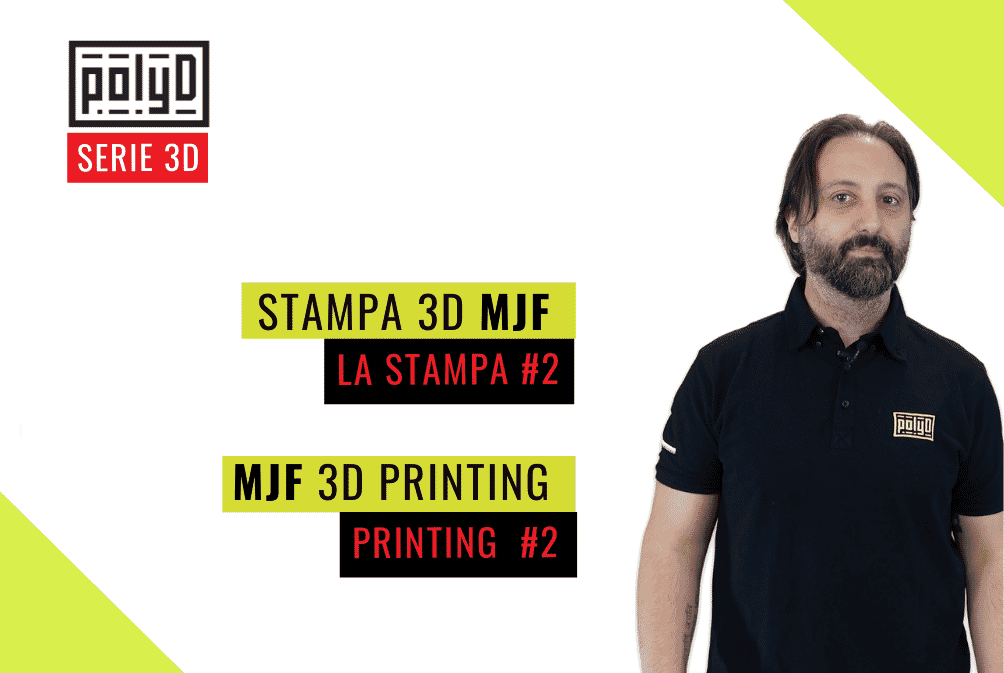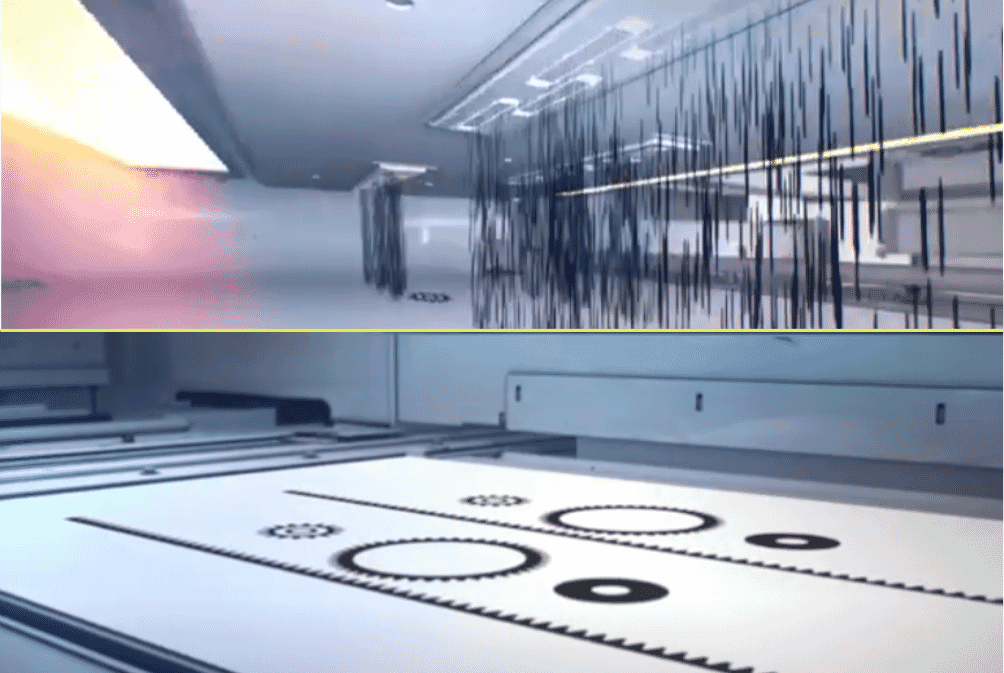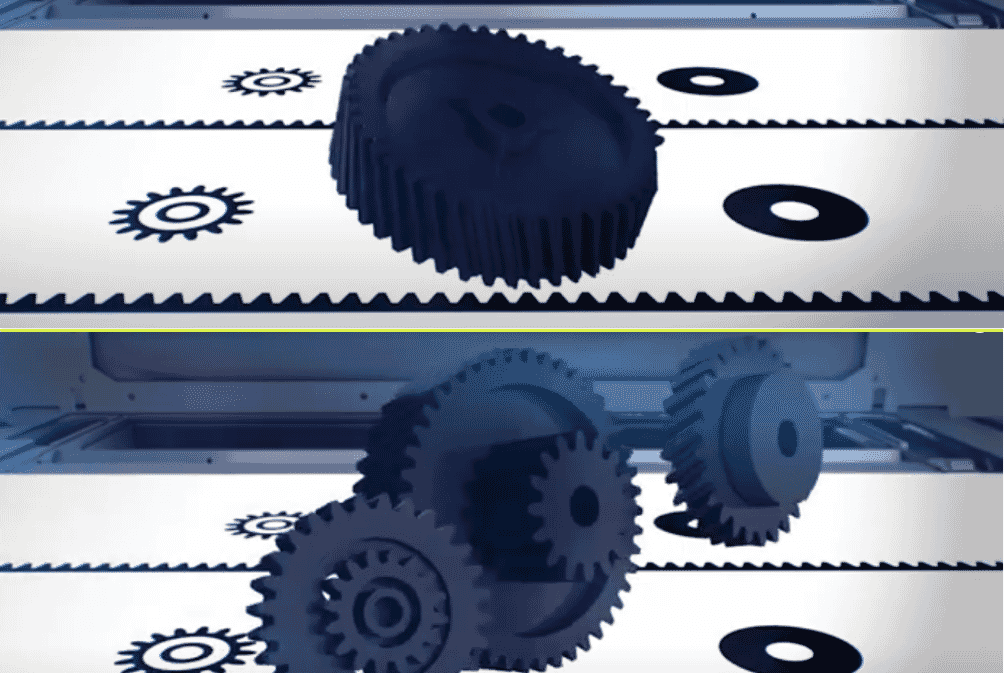Hello Engineers!
Today is the second installment of the 3D Series, our mini series dedicated to Printing with MJF Technology. In the first installment - Build Design - we discussed how to fill the 3D printing area (Build) with nylon powder and how to do this in order to achieve a good printing result.

3D Printing Process
In this article we talk about the actual 3D Printing Process.
Filling the Build
In the first phase, the station automatically fills the printing chamber, the Build, with Nylon powder, mixing, according to established parameters, new powder and recycled powder. Typically the ratio between these two components is 80% recycled nylon to 20% new.
Multijet Fusion printing technology is the technology that uses the highest percentage of recycled material compared to any other 3D production process and as a result produces less waste: in addition to the economic advantage we also get an environmentally friendly product, as the same material not used in previous prints can then be reused in subsequent prints.
Once filled with Nylon powder, our Build is inserted into the printer and we start the printing process.
Machinery involved in MJF Technology
Let's take a short parenthesis to explain in a little more detail the machinery involved in the printing process. MJF Technology is a 3D printing system that comprises several devices. It is often referred to as a 3D printer, but to define the MJF Technology as only a printer would be reductive; other units are also part of the production process:
- The 3D printer;
- the Processing Station, which is used to fill the Build with powder and which is involved in the unpacking of the build (see next video);
- the Natural Cooling, where the Build is cooled once printed (see next video).
Steps of 3D Printing
Thanks to the following processes:
- laying of the powder bed;
- application of the chemical agents;
- melting;
it is possible to produce parts at 10 times the speed of a Laser Sintering printer, with extreme dimensional accuracy of up to 2 tenths of a mm, and with isotropic (equal) mechanical properties on all axes, including the Z axis.
Laying the Powder Bed
First, the printer spreads the powder on the construction area, overlapping layers of 8 hundredths of a mm. each.

Application of Chemical Agents
The inkjet heads apply melting and detailing agents to the powder for each layer, at the parts that make up the part, defined within the print file. The chemical agents used are substances that respond differently to heat.
- The fusing agent absorbs the energy emitted by the lamps inside the printer and causes the powder in the printing chamber, which has already been heated to 180 degrees, to heat up by approximately 5 degrees to allow the powder to fuse;
- while the detail agent is applied to define the edges near the fusing areas. This is a liquid that prevents the temperature of the powder adjacent to the melted powder from rising during evaporation.

Melting
This combination of actions causes an abrupt temperature transition, resulting in a melt with distinct and precise edges. Temperature control is crucial and only acts on the affected areas. In this way, the printer creates sharp, detailed parts that are extremely accurate, with an average tolerance of around 2 tenths of a mm.
Temperature inspection is carried out constantly, during the printing phase, on hundreds of different points of the powder bed, layer after layer, with the help of a state-of-the-art thermal imaging camera. It is layer by layer that the part takes shape in the Build.

This is how the 3D Printing phase ends: the Build is extracted from the printer and is placed inside the Natural Cooling, where the cooling process begins. This is followed by the Unpacking and Blasting phases, but this will be the subject of the next article and video.
Not tempted yet to 3D print with MJF Technology? Upload your part to our Online Quote and get started now.
Happy 3D Printing!


